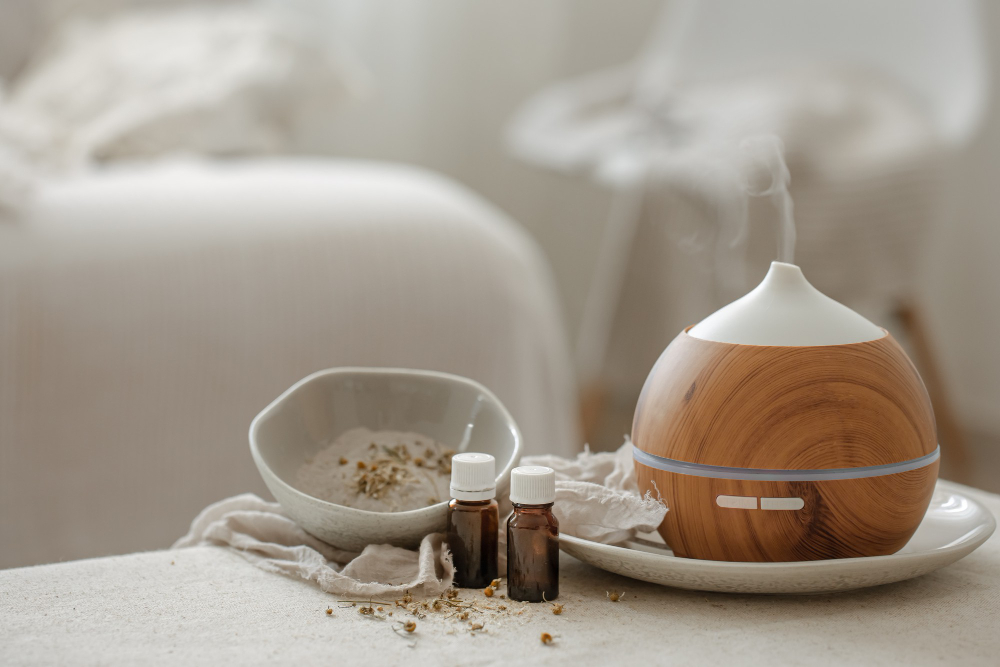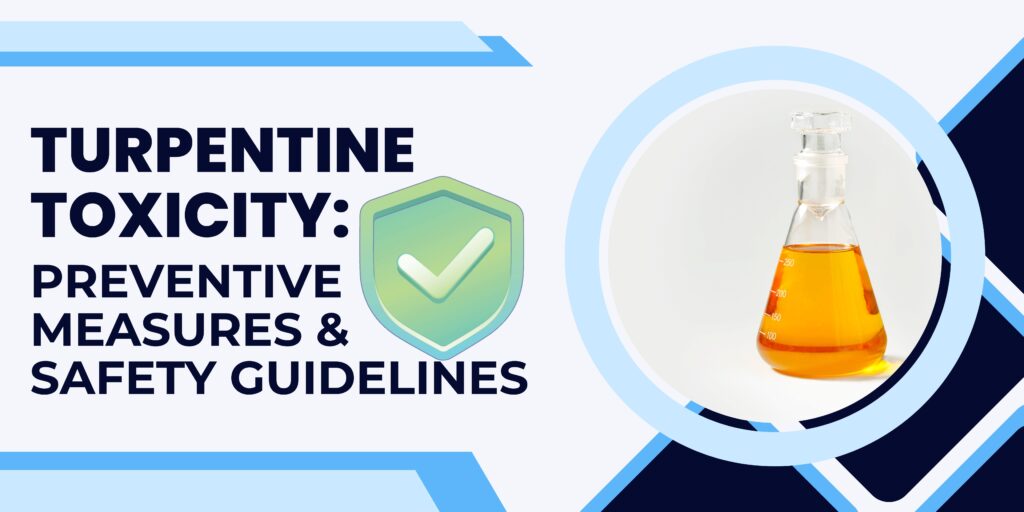Introduction
Aromatherapy has gained popularity in recent years as a way of employing essential oils and plant extracts for therapeutic purposes. In a variety of smell oils used in aromatherapy, gum turpentine is now a widely available and strong component. In this article, we’re going to look at how gum turpentine is used in aromatherapy, as well as its benefits and the most effective ways to do so safely and effectively.Overview of Gum Turpentine
Gum turpentine, also known as gum spirits of turpentine, is a natural resinous extract obtained from various species of pine trees, particularly Pinus palustris. It is derived from the sticky sap or resin found within the tree’s bark. The extraction process involves tapping the tree and collecting the sap, which is then steam-distilled to obtain the essential oil.

Historical Significance
Gum turpentine has a long history of usage stretching back hundreds of years. Ancient civilizations greatly regarded it for its medical virtues, and it was often used for respiratory diseases, joint discomfort, and skin disorders. In traditional medicine, gum turpentine was regarded as a powerful natural remedy.Chemical Composition
Gum turpentine is mostly made up of terpenes, which are chemical molecules that give gum turpentine its characteristic scent and medicinal effects. The major terpene in gum turpentine is alpha-pinene, which gives it its pine-like fragrance. Other terpenes present include beta-pinene, camphene, limonene, and myrcene.

Benefits of Gum Turpentine in Aromatherapy
-
- Respiratory Support: Inhaling gum turpentine vapor can help relieve congestion, reduce coughing, and open up the airways, providing respiratory comfort. Its expectorant qualities can help with respiratory infections, asthma, and bronchitis.
- Anti-bacterial effect: Gum turpentine has a powerful anti-bacterial action against a wide range of bacteria, fungi, and viruses. Aromatherapy uses it to purify the air, decreasing the spread of infectious agents and creating a cleaner environment.
- Emotional Well-Being: Studies have shown that the aroma of gum turpentine can increase mood and reduce tension. It can help to alleviate anxiety, boost mood, and provide a sense of calm and relaxation.
- Joint and Muscle Support: Gum turpentine has analgesic and anti-inflammatory qualities, making it useful for relieving joint and muscle discomfort. It can be added to bathwater for calming relief or used in massage mixtures.
- Skin Care: Because of its antibacterial and cleansing properties, gum turpentine may be used in aromatherapy blends for a number of skin diseases such as acne, eczema, and fungal infections. It promotes skin purification and improves complexion.
Safe Usage Guidelines
While gum turpentine offers numerous benefits, it is important to follow certain guidelines to ensure safe and effective usage:- Quality and Purity: Always purchase high-quality, pure gum turpentine from reputable sources to ensure its therapeutic efficacy and minimize the risk of contaminants.
- Dilution: Gum turpentine is highly concentrated and should never be applied directly to the skin or ingested. It should be diluted in a carrier oil, such as jojoba, almond, or coconut oil, before topical application.
- Patch Test: Before applying gum turpentine topically, perform a patch test on a small area of the skin to check for any adverse reactions or sensitivities.
- Inhalation: When using gum turpentine for inhalation, a few drops can be added to a diffuser or a bowl of steaming water. Start with a small amount and gradually increase the intensity based on personal preference.
- Consultation: If you have any underlying health conditions, are pregnant or nursing, or are taking medications, it is advisable to consult with a qualified aromatherapist or healthcare professional before using gum turpentine.
Conclusion
Gum turpentine plays an important part in aromatherapy, providing advantages for respiratory health, mental well-being, joint support, and skincare. Its historical relevance and adaptability make it an excellent supplement to any aromatherapy practice. However, it is critical to adhere to safe usage recommendations and seek expert assistance when necessary. By harnessing the power of gum turpentine responsibly, individuals can experience the therapeutic benefits and enhance their overall well-being through aromatherapy.




